Connecticut Garden Ideas: Creative Tips for a Lush Backyard
Gardeners in Connecticut enjoy the unique challenge of designing beautiful outdoor spaces that thrive in the state’s varied climate. Whether you’re a seasoned gardener or just starting, there’s always room for inspiration and new ideas to make your garden stand out.
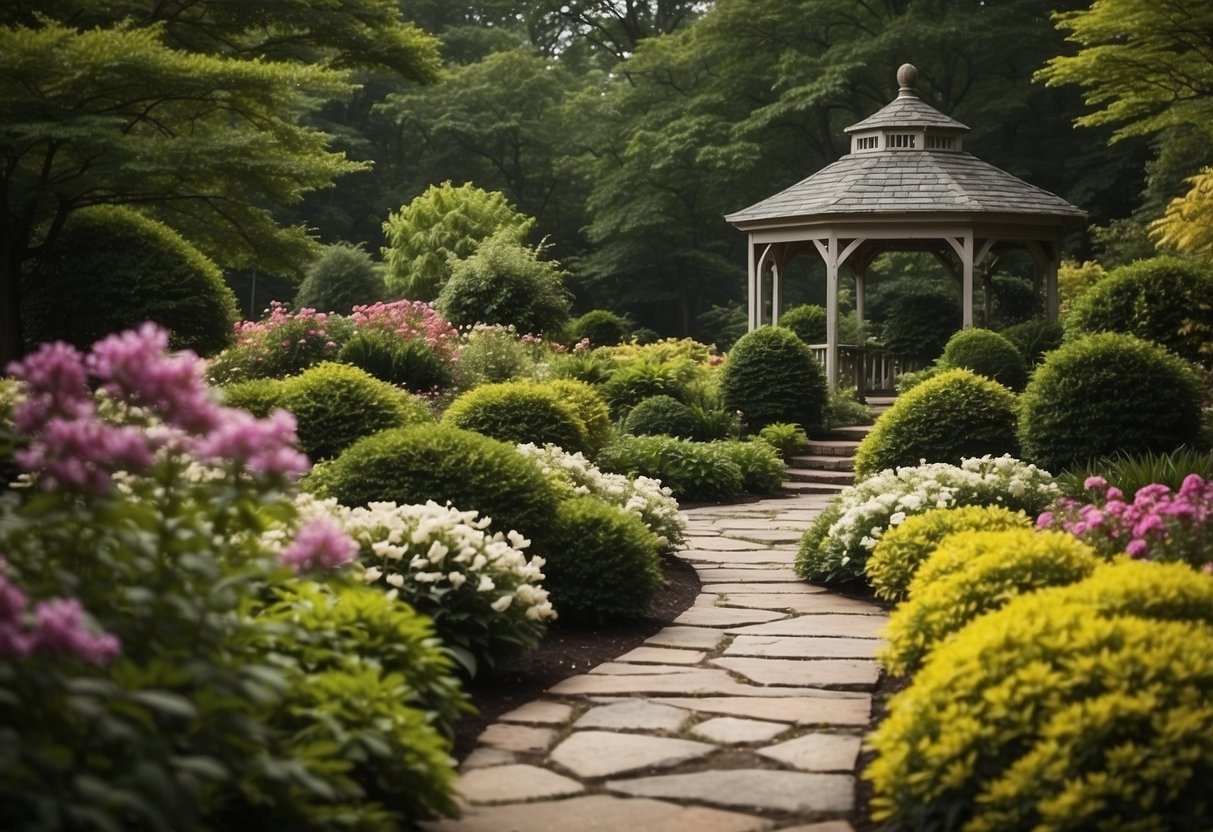
What are the best ways to transform your Connecticut garden into a stunning oasis? This article will help you explore creative garden design ideas suited to Connecticut’s climate and soil, offering you valuable tips and inspiration to create a gorgeous backyard sanctuary.
1) Create a Cozy Seating Area with Wicker Furniture
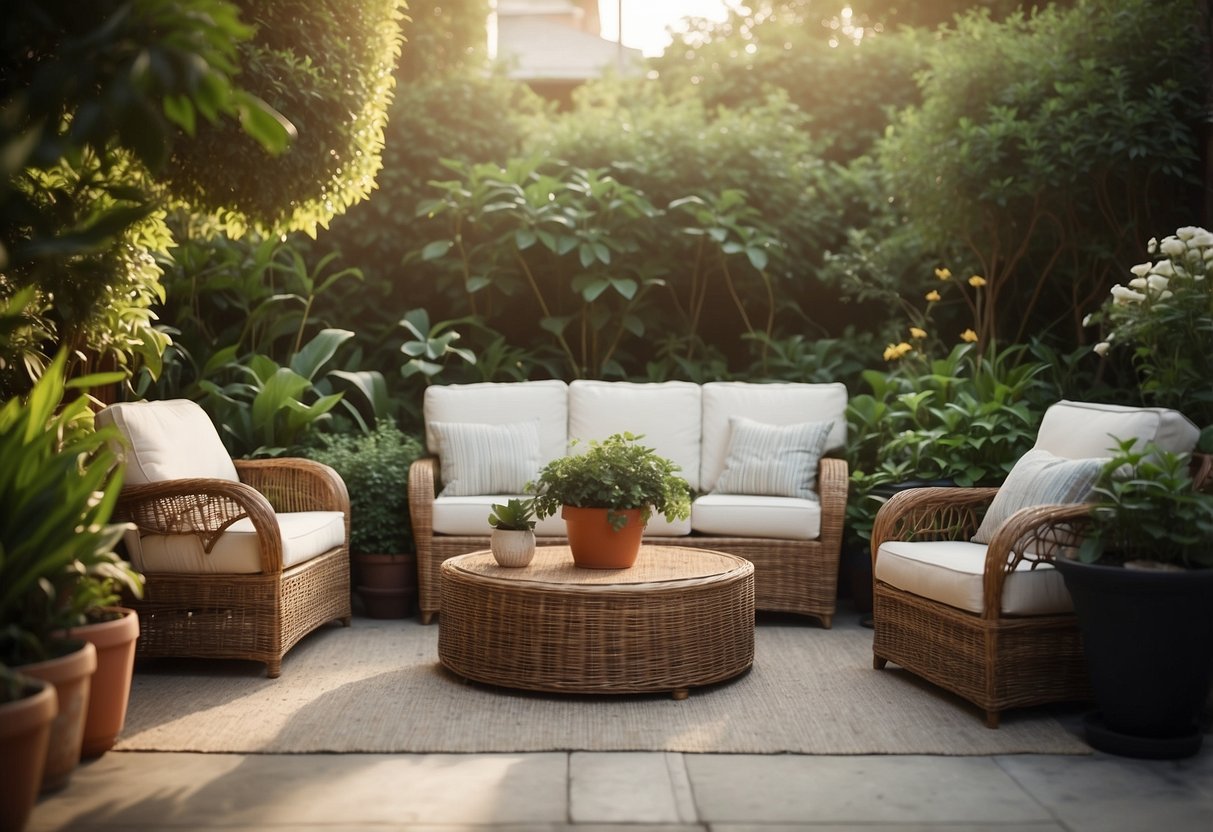
You can make your garden a peaceful retreat by adding wicker furniture. It’s comfortable and stylish, creating a relaxing vibe. Wicker chairs with soft pillows look great and invite you to sit and unwind.
Choose wicker pieces that match your garden’s style. Add a wicker table for drinks and snacks. Surround the area with potted plants and hanging baskets to enhance the cozy feel.
Incorporate smaller wicker elements like stools or side tables for added comfort. Keep everything simple and welcoming, and soon, you’ll have the perfect cozy seating area in your garden.
2) Plant Native Wildflowers for Easy Maintenance
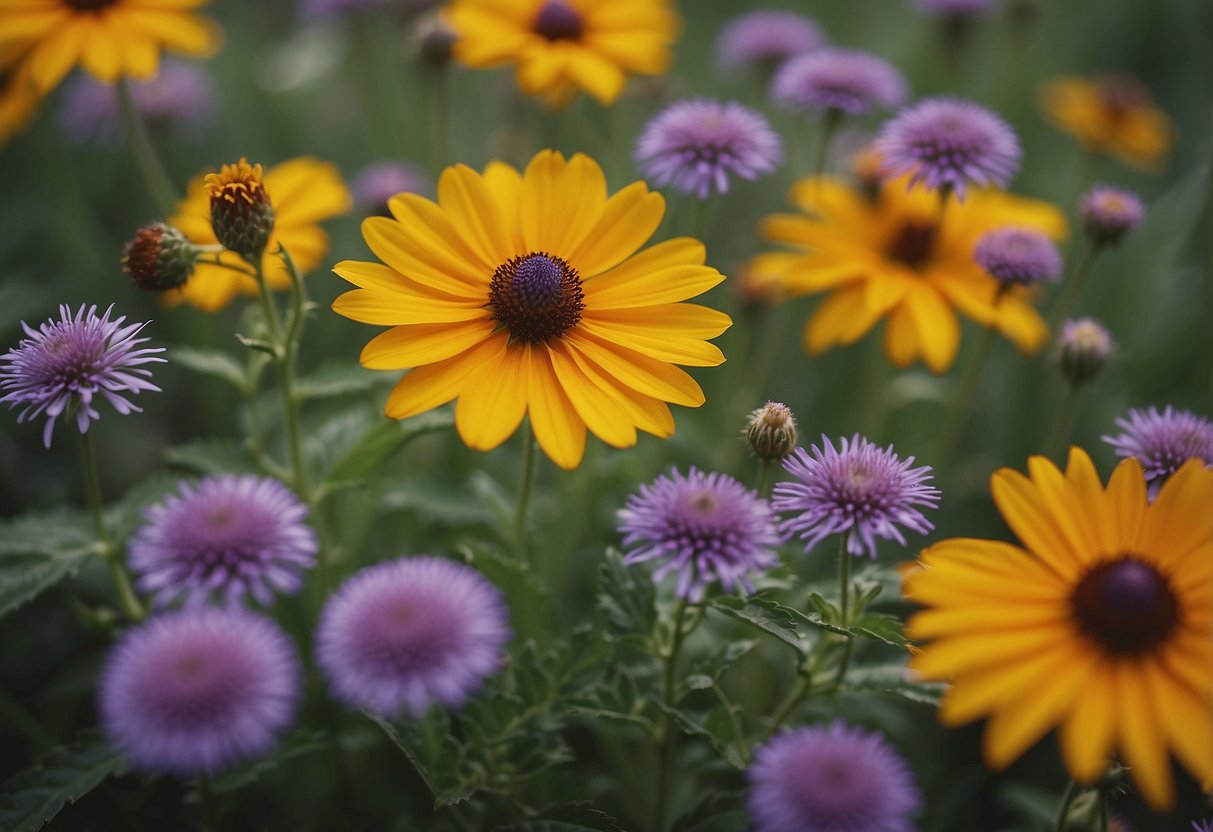
Choosing native wildflowers is a great idea for your Connecticut garden. These plants naturally thrive in the region’s climate and soil. This means less work for you.
Consider Mountain Laurel, Connecticut’s state flower, with its lovely pink and white blossoms. Also, Fleabane’s delicate petals attract bees and butterflies, making your garden vibrant.
Don’t forget Cardinal Flower, which blooms in mid to late summer. Its bright red flowers are a favorite of hummingbirds.
Native wildflowers help in creating a beautiful and low-maintenance garden.
3) Design a Tranquil Water Feature or Pond
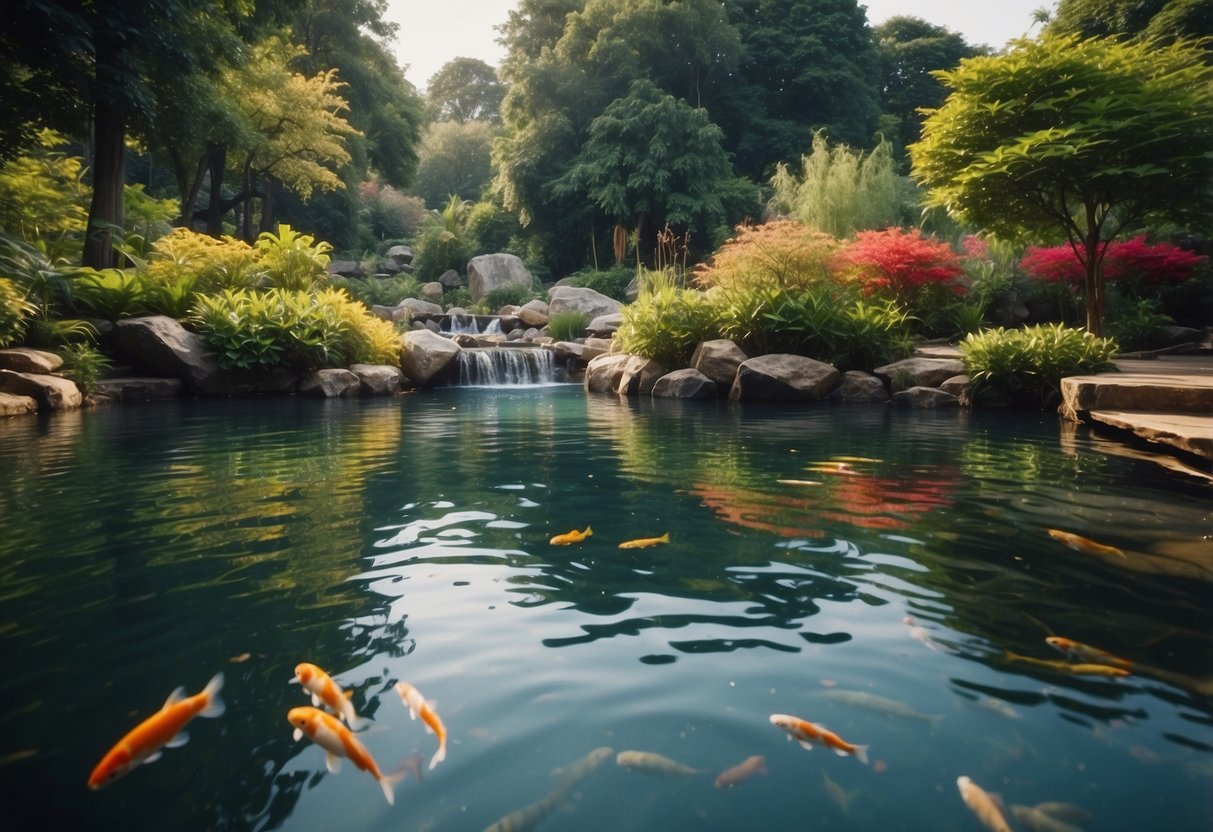
A water feature can add a peaceful touch to your garden. Think about adding a small pond or a cascading waterfall.
You can create a pond with simple materials and add fish or plants. If you want a more dynamic element, consider a small waterfall.
Another idea is a stone-edged pond which blends well with natural surroundings.
These features can make your backyard a calming retreat.
4) Cultivate a Butterfly Garden with Milkweed
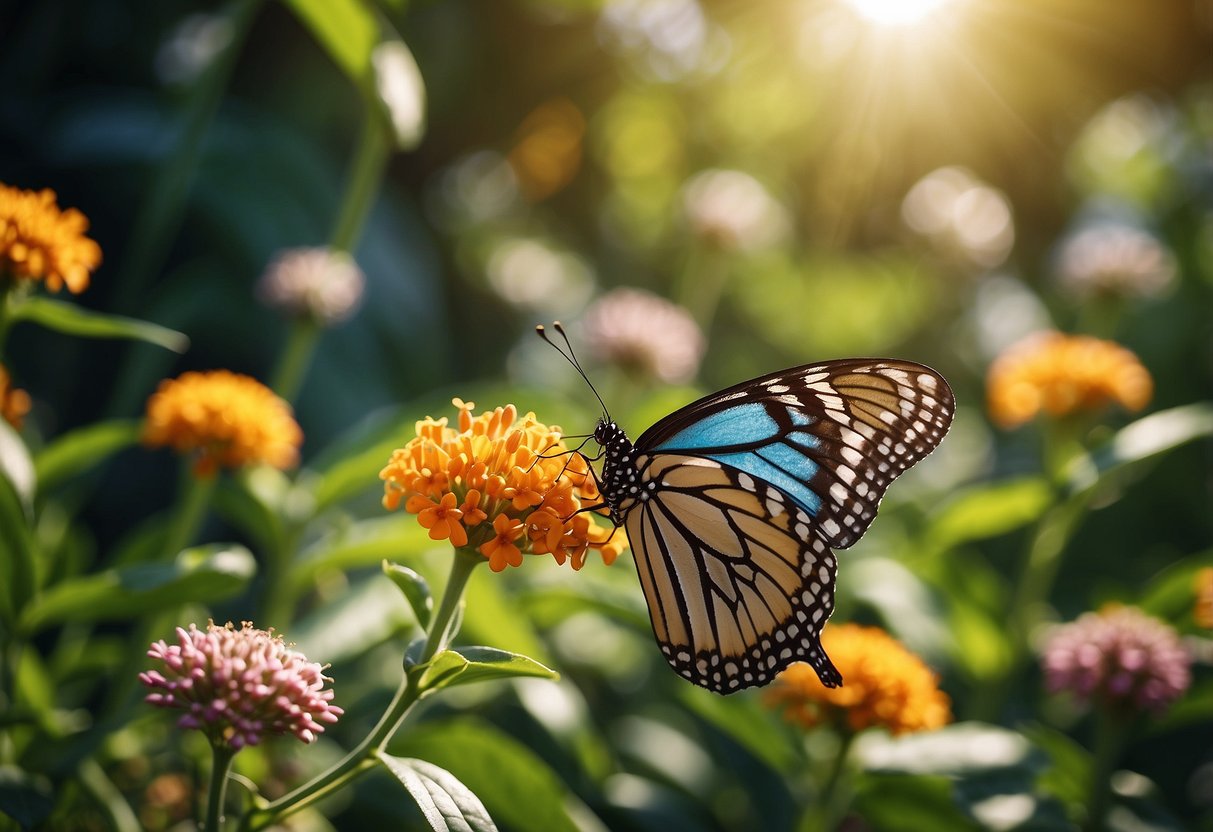
Milkweed is perfect for attracting butterflies, especially monarchs. In Connecticut, you can find species like Four-leaved Milkweed in open, dry woodlands.
Plant milkweeds in full sun and choose a wind-sheltered spot. This creates a comfortable environment for monarchs.
Don’t forget to space your milkweeds properly. Swamp milkweed, for example, needs more space due to its clump-forming nature.
5) Build a Garden Path with Reclaimed Bricks

A garden path made with reclaimed bricks can add charm to your Connecticut garden. Using old bricks is not only eco-friendly but also budget-friendly. You can often find these bricks for free as people are looking to get rid of them.
Lay the bricks in a pattern that suits your garden. A polished brick pathway will give your garden a sleek, elegant look. For more tips, check out these plans.
6) Install Raised Beds for Vegetables and Herbs
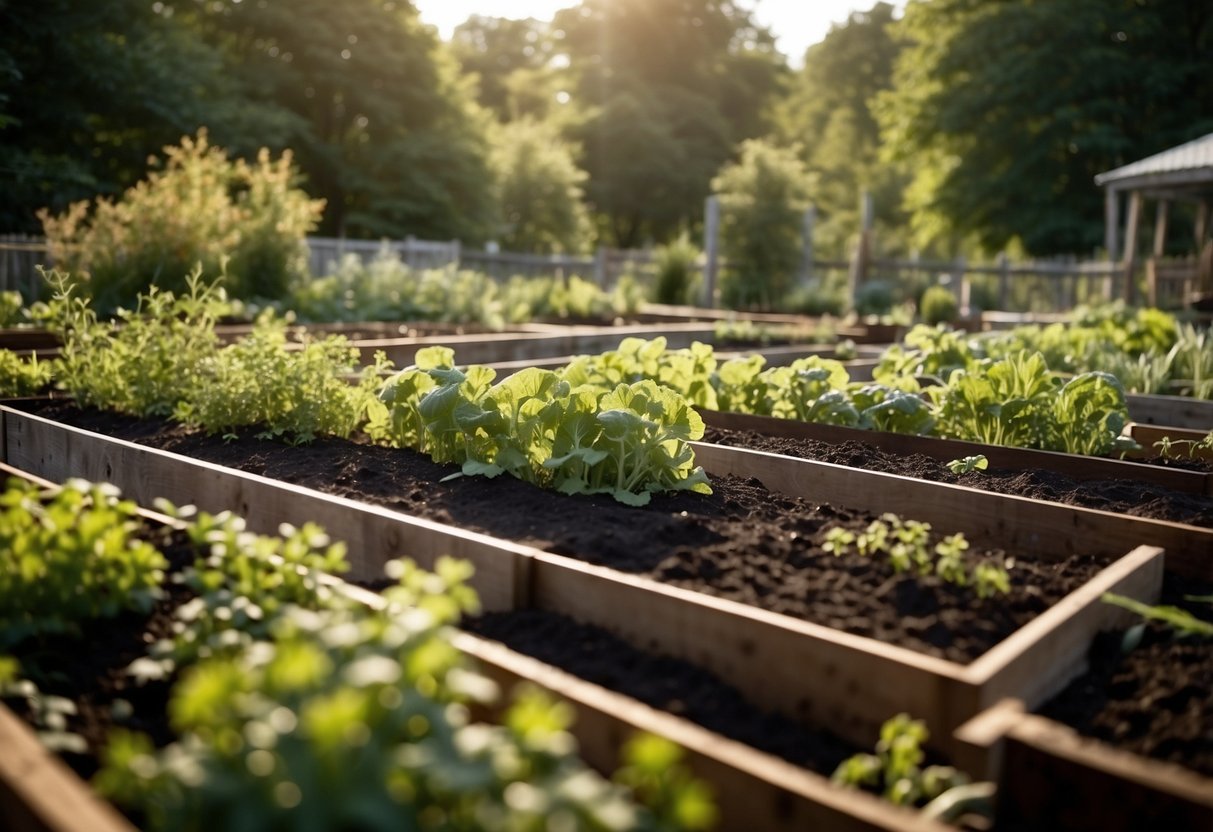
Installing raised beds in your Connecticut garden is a great way to grow vegetables and herbs. Raised beds help improve soil quality and drainage, which is important for healthy plants.
Raised beds can be made from various materials like cedar boards or even repurposed items. They are perfect for growing root vegetables like carrots and beets. Crops like tomatoes and cucumbers also thrive in them.
Consider adding herbs such as thyme, rosemary, and lavender to your raised beds. Regular pruning can help these herbs grow strong and healthy. Raised beds are a versatile and effective gardening solution.
7) Incorporate Edging Stones for Definition

Adding edging stones to your garden can create a neat and tidy look. Stones come in various shapes and sizes, allowing you to customize the borders to your preference.
Using stones helps to clearly separate different sections of your garden. This can make pathways, flower beds, and grass areas stand out. They also provide a natural look that complements your garden’s design.
For example, you can use large stones to create a bold border or smaller stones for a more delicate appearance. Check out these stone garden edging ideas for inspiration.
8) Add Vertical Planters to Save Space
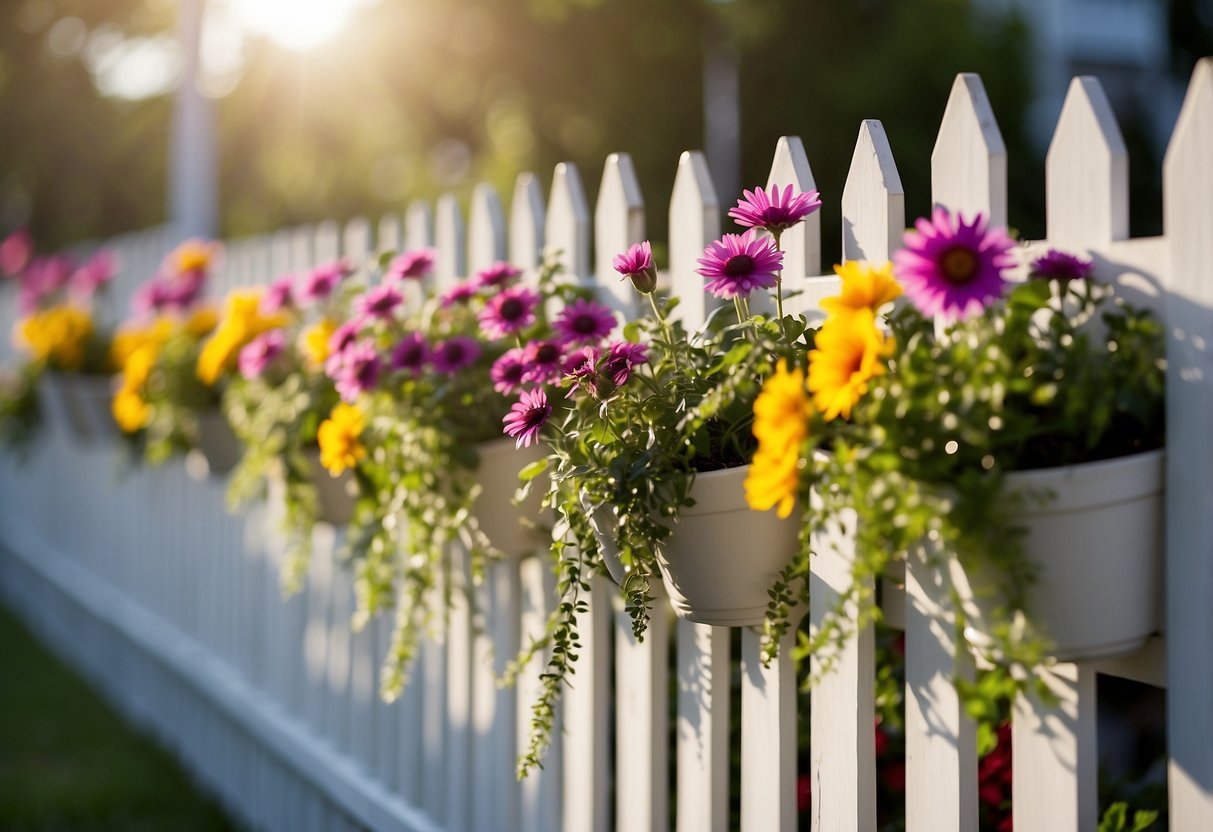
Using vertical planters is a smart way to save garden space. You can attach planters to a wall or fence to maximize your planting area.
Try using materials like wooden pallets or wire mesh panels for your vertical garden. These materials are easily available and simple to use.
Repurposing items like old water bottles or pallets can be both eco-friendly and stylish. This method keeps your garden neat and organized, while also allowing you to grow more plants in a limited area.
9) Illuminate Paths with Solar Garden Lights

Solar garden lights are a great way to brighten up your garden paths. These lights are easy to install and run on renewable energy.
You can choose from different styles like solar garden globes or hanging solar lanterns. They not only guide you in the dark but also add a charming touch to your garden.
Place the lights along pathways to highlight the route. These lights also enhance the look of your garden and make it safer to walk around at night.
For more ideas on solar garden lighting, visit Garden Lighting Ideas.
10) Construct a DIY Trellis for Climbing Plants

Building a DIY trellis is a fun and practical way to enhance your garden.
First, gather materials like wooden branches, wire, or metal fencing. Willow branches work great because they are easy to bend.
Next, size and mark the frame. Smoothen and assemble it, then attach the lattice. This will create a sturdy structure for your climbing plants.
Installing a trellis not only supports climbing plants like ivy and beans, but also adds visual appeal to your garden. For more ideas, visit these DIY trellis plans.
Choosing The Right Plants

Selecting the right plants for your Connecticut garden involves understanding what thrives in the local environment and accounting for the region’s climate. By focusing on native plants and the specific needs of the climate, your garden can flourish beautifully with minimal effort.
Native Plants Of Connecticut
Choosing native plants is a smart move. Native plants are adapted to Connecticut’s conditions, making them easier to care for. For example, the Joe Pye Weed and Butterfly Weed attract pollinators like bees and butterflies, enhancing the garden’s ecosystem.
Violets and Trilliums provide beautiful blooms in shaded areas. Mountain Laurel, Connecticut’s state flower, adds texture and color to any garden. Using plants from the Connecticut Native Plants List can ensure a vibrant and sustainable garden.
Climate Considerations
Connecticut’s climate plays a crucial role in plant selection. The state experiences cold winters and warm summers. It’s important to select plants that can withstand these temperature variations. Peppers, for example, thrive in Connecticut’s summer but need protection from wildlife as highlighted here.
Sunlight is another key factor. Most plants need at least six hours of sunlight daily. Make sure to place sun-loving plants in the brightest spots, and use shade-loving plants like Ferns and Hostas in less sunny areas of your garden. Adding compost improves the nutrient content of your soil, as suggested by these garden design tips.
Designing Your Garden Layout

Creating a well-organized garden layout can transform your backyard into a beautiful space. Focus on choosing the right theme and adding water features to give your garden more character.
Garden Themes And Styles
Choosing a theme helps guide your garden design. Whether you’re going for a Charming Cottage Garden with colorful flowers and winding paths, or a sleek Modern Garden with clean lines and minimalistic plants, a theme can help ensure all elements work harmoniously.
For a more traditional New England look, think about including stone walls, native plants, and perhaps even an herb garden. If you prefer something more whimsical, consider planting vibrant blooms and adding garden art.
Incorporating Water Features
Adding a water feature can bring tranquility to your garden. A simple birdbath can attract wildlife and provide a soothing sound. If you have more space, consider installing a pond or fountain.
Water features can be both decorative and functional. They create a focal point and can help mask unwanted noise from nearby streets. Make sure to plan for proper maintenance to keep the water clean and the feature looking its best.
Remember to choose water features that fit well within your garden’s theme and size.
Sustainable Gardening Practices

Creating a sustainable garden in Connecticut involves improving soil health through composting and conserving water with smart techniques. These practices help reduce waste and make your garden more eco-friendly.
Composting And Soil Health
Composting can transform your garden by enriching the soil with essential nutrients. Begin by collecting kitchen scraps such as vegetable peels, coffee grounds, and eggshells. Yard waste like grass clippings and leaves also makes great compost.
Create a compost pile or use a compost bin. Mix green and brown materials to maintain balance. Turn the pile regularly to speed up decomposition. Your compost is ready when it turns dark and crumbly. Use it to improve soil structure, enhance nutrient content, and promote healthy plant growth.
Including compost in your garden reduces the need for chemical fertilizers. It supports soil microorganisms that help plants thrive. This natural process also cuts down on landfill waste, benefiting the environment.
Water Conservation Techniques
Water conservation is key in sustainable gardening. Collecting rainwater is one efficient method. Install a rain barrel to capture water from your roof. Use this stored water to hydrate your garden during dry periods.
Consider using permeable surfaces like gravel in your garden design. These surfaces allow rainwater to seep into the ground, reducing runoff. This helps prevent soil erosion and keeps your garden healthy.
Drip irrigation systems are another smart choice. They deliver water directly to the plant roots, minimizing waste. Mulching around plants also retains soil moisture and suppresses weeds. This reduces the need for frequent watering.
By implementing these water-saving techniques, you can maintain a lush garden while conserving precious resources.







